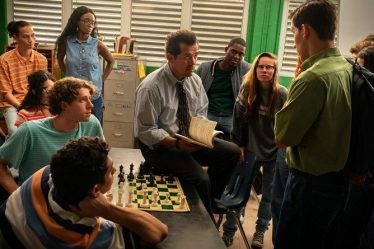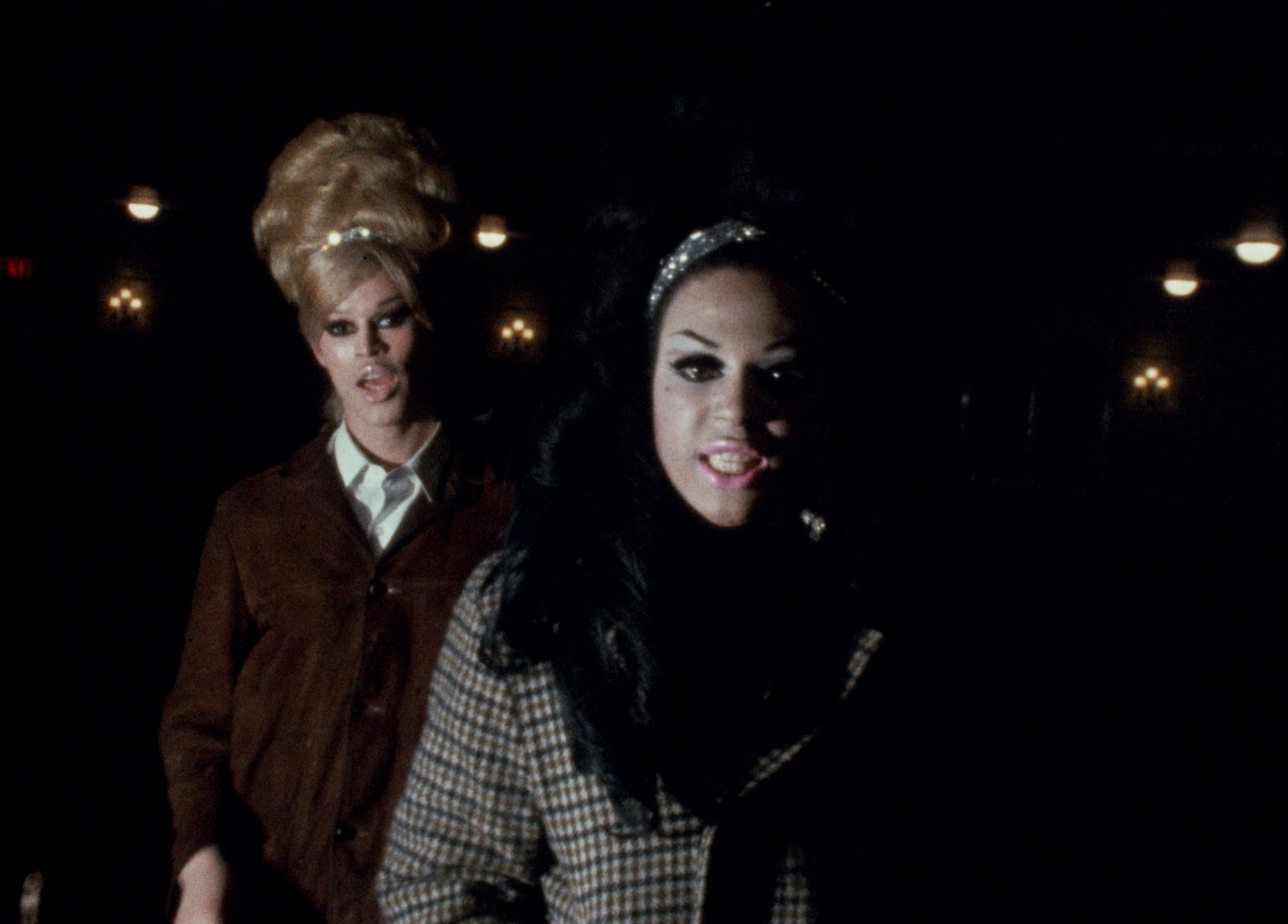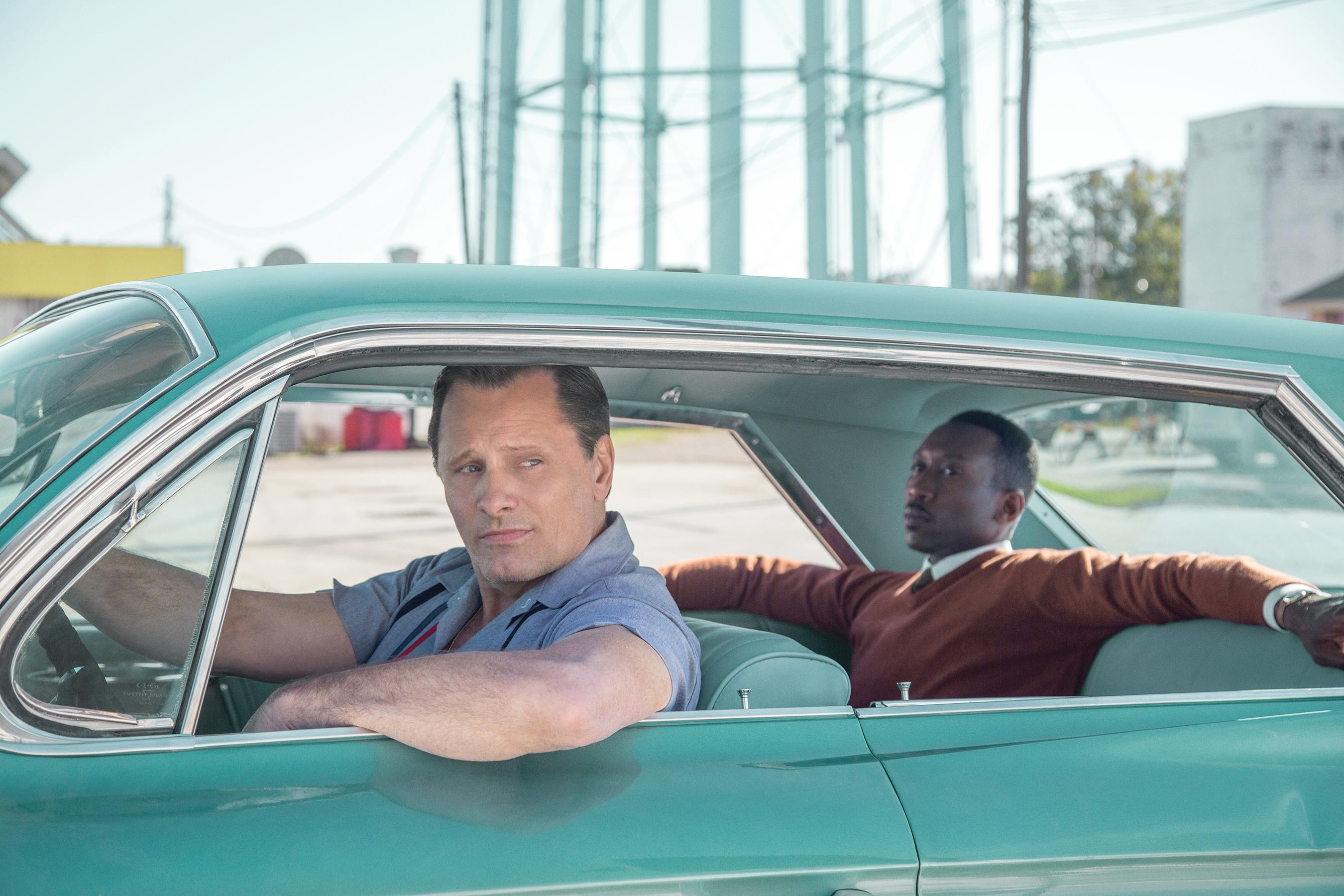
Wednesday, April 28, 2010
In the history of the silver screen, there have been many films that have been underrated, under appreciated, or gone unnoticed, but few reach the level of magnificence and genius as the suspenseful, alternately lyrical and visually jarring American gothic creepfest, “The Night of the Hunter”.
Amidst hundreds of cherished ones, this unconventional sophisticated movie rises to the very top of my favorites list, which is the reason i chose it as the first of my classic movie recommendations for movie lovers who want to reach back for a better understanding and appreciation of film history. Heavily influenced by the silent films and German Expressionist movies of the 1920s, it represents the best of the suspense, melodrama, and film noir genres, all served up by artists in top form, including actors Robert Mitchum, Shelley Winters, and Lillian Gish. The layers and depth of this timeless inventive film will surprise and thrill many unsuspecting film lovers. This movie will not please everyone, as it features a obsessive misogynistic villain quoting from the bible, a sexually repressed gullible antihero mother-figure, terrifying violence, and children in peril. It is nightmarish, unsettling, and supremely sinister.
The Night of the Hunter is based on the best selling 1953 Depression-era novel of the same name by Davis Grubb about a homicidal con man/preacher after a stolen $10,000 hidden by the children of his condemned prison cellmate. The main character, Harry Powell, is based on the real life character of West Virginia mass murderer Harry Powers, “the Bluebeard of the Quiet Dell”, who was hanged for killing widow Asta Eicher and her three children, and Dorothy Lemke, also a widow, in the 30s. The movie centers on the preacher and his prey, widow Willa Harper (Shelley Winters) and her children John and Pearl. The preacher insinuates himself into the family by manipulating the widow into marriage, only to refuse and abuse her on her wedding night, calling her natural desires sinful.
John is the only one who knows where the money is hidden, and distrusts the preacher from the beginning. When his newly remarried mother disappears, he suspects the worst. This begins a terrifying chase across a stylized pastoral landscape that juxtaposes disturbing and idyllic imagery and leads to the showdown between the preacher and the children’s savior, Rachel Cooper. Salvation in the form of a gun-toting aging crone who shelters lost children, Cooper is played to perfection by silent film star Lillian Gish. Those who have read and seen the TV adaptation of “The Stand”, will see King’s inspiration for his embodiment of good, Mother Abigail.
Released in 1955 and filmed in only 36 days, it is the only movie directed by british actor Charles Laughton, a black and white aberration in a time when technicolor and cinemascope were de rigeur. It uses macabre humor, highly stylized sets, and archetypal characters to build a terrifying world where happy endings are far from guaranteed, children face grave danger, and the face of evil come disguised as a singing preacher. The visuals and storytelling play with dualities of heaven and hell, good and evil, innocence and wisdom, sin and redemption. The players and places showing the many sides of these themes are constantly shifting and morphing. The wisdom of the little boy, sins of the preacher, heaven and hell in the same place at the same time…
Haunting images and compelling scenes abound, staying with you long after the movie’s finish. Writer Margaret Atwood, sighting this movie has her favorite in an article in UK’s The Guardian, says her memories of the movie have been inspiration for scenes in her novels. Cinematographer Stanley Cortez (of Welles’ The Magnificent Ambersons) creates a dramatic palette of blacks, whites, and grays for a gorgeous visual style that transcends all need for color. His scene of one of Powell’s victims, a woman sitting in a car at the bottom of the river, hair flowing behind her like a macabre mermaid, might stay with you permanently. The scenes of the widow and preacher’s wedding night and the children on the run show his best use of dramatic camera angles, distorted perspective, and exaggeration of shadows and light, to give the movie a timeless surreal quality that compels repeated viewing.
The Night of the Hunter has been influential to a diverse collection of modern film makers including Martin Scorsese, David Lynch, the Coen brothers, and Spike Lee. The preacher’s Love and Hate knuckle tattoos have been referenced many times, most famously in 1989’s “Do the Right Thing”, but also in The Rocky Horror Picture Show, and The Blues Brothers, as well as in the cartoons The Simpsons and Ren & Stimpy.
A visually poetic, haunting beauty of a movie, Night of the Hunter dares to speak a timeless stylized cinematic language out of fashion for its day, leading us all these years later to place it among the best of its or any film era. I envy the readers who will be watching this movie for the first time. I’m grateful when i watch it again, i’ll find its visual impact undiminished and its ability to unsettle me equal to the first time i saw it. I send my thanks out to wherever on earth or heaven the cast and crew may be for my favorite movie of all time.
Diamonds: Robert Mitchum-Many, including himself, believe this movie to be his best work. His villain Harry Powell is complex and unforgettable. He flexes acting muscles more immediately appreciated in the less controversial character, Max Cady in Cape Fear.
Rubies: Oscar nominated character actor James Gleason is at his best as the guilt ridden failed protector and alcoholic Birdie Steptoe.
Pearls: The scene of the children floating down the river, with 5 year old Pearl singing the haunting lullaby “Little Fly”.
links:
http://www.imdb.com/title/tt0048424/
http://www.guardian.co.uk/film/1999/mar/19/margaretatwood
http://rogerebert.suntimes.com/apps/pbcs.dll/article?AID=/19961124/REVIEWS08/401010344/1023
further reading:
The Night of the Hunter: a biography of a film by jeffrey couchman





